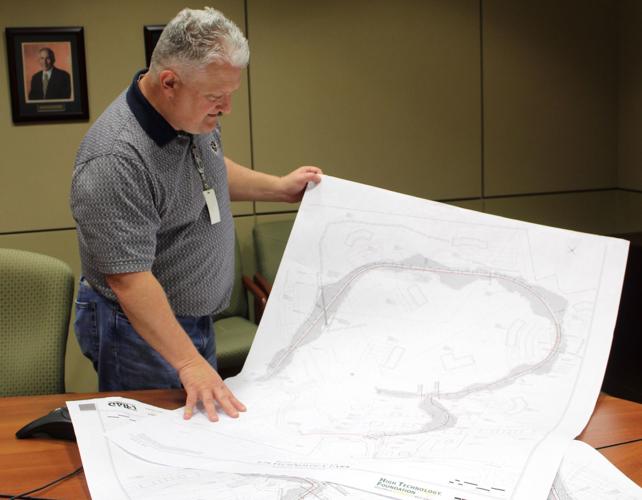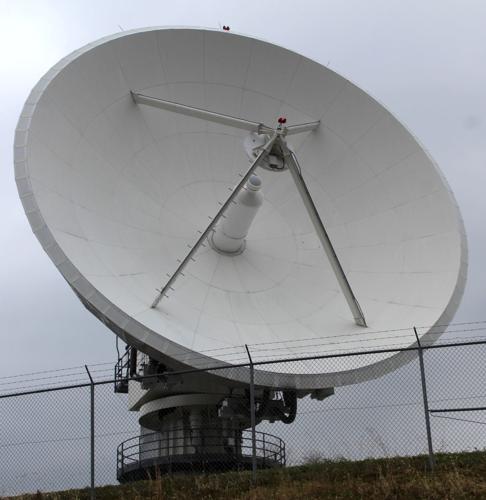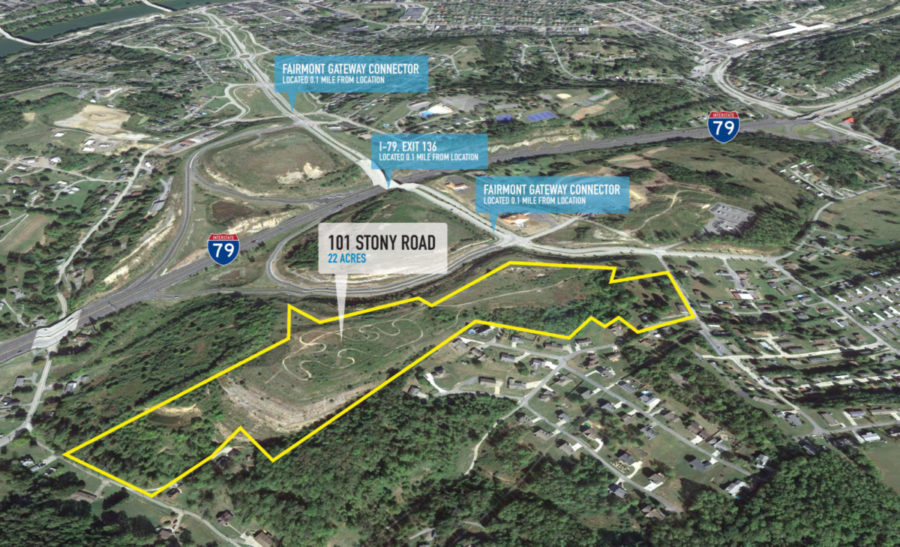Commercial Office Buildings | Sale or Lease | I-79 Technology Park Fairmont, WV
Comments Off on Commercial Office Buildings | Sale or Lease | I-79 Technology Park Fairmont, WV5000 NASA Blvd, Fairmont, WV
Located within the I-79 Technology Park, 5000 NASA Blvd is a 114,055 (+/-) square foot building with multiple office suites available ranging in size from 1,622 (+/-) to 14,740 (+/-) square feet. This building is separated and identified as North Tower and South Tower. There are two elevators within each tower. The I-79 Technology Park houses multiple office buildings and is HUB Zone Certified. The property offers signage availability, and ample courtesy parking for visitors and employees.
The High Technology Park is located within the heart of the I-79 High Technology Corridor just south of Fairmont, West Virginia. The location of the I-79 Technology Park places it within one day’s drive of 60% of the U.S. population and some of the Nation’s largest cities including New York, Boston, Washington, Chicago, Atlanta, Charlotte, Philadelphia, Baltimore, Pittsburgh and Indianapolis. Access to I-79, Exit 132 can be achieved by traveling 0.8 mile southeast. The building and park are highly visible from traffic traveling in both directions along I-79.
Asset Highlights
- 73,277 (+/-) Square Feet Available
- Natural Light
- Private Offices
- Open Space for Cubicles
- Quick Interstate Access
- Elevator Access
- Large Parking Lot
- HUB Zone Certified
View our detailed marketing flyer to see available suites, interior photos, floor plans and more.
________________________
1000 Technology Drive, Fairmont, WV
Located within the I-79 High Technology Park, 1000 Technology Drive (Innovation Center) is a 102,723 (+/-) square foot building with multiple office suites available ranging in size from 779 (+/-) to 6,337 (+/-) square feet. The I-79 Technology Park houses multiple office buildings and is HUB Zone Certified. The property offers high security, high end finishes, reception desk attended during office hours, free parking, conference/training room with WIFI, projector, fitness center, group fitness classes, large outdoor courtyard.
The High Technology Park is located within the heart of the I-79 High Technology Corridor just south of Fairmont, West Virginia. The location of the I-79 Technology Park places it within one day’s drive of 60% of the U.S. population and some of the Nation’s largest cities including New York, Boston, Washington, Chicago, Atlanta, Charlotte, Philadelphia, Baltimore, Pittsburgh and Indianapolis. Access to I-79, Exit 132 can be achieved by traveling 0.5 mile southeast. The building and park are highly visible from traffic traveling in both directions along I-79.
Asset Highlights
- 45,791 (+/-) Square feet Available
- Natural Light
- Private Offices
- Open Space for Cubicles
- Quick Interstate Access
- Elevator Access
- Large Parking Lot
- Common Area Amenities
- Conference/Training Room with WIFI and Projector
- Fitness center
- Group Fitness Classes
- Large outdoor courtyard
- High Security
- HUB Zone Certified
View our detailed marketing flyer to see available suites, interior photos, floor plans and more.
___
Additional Articles;







